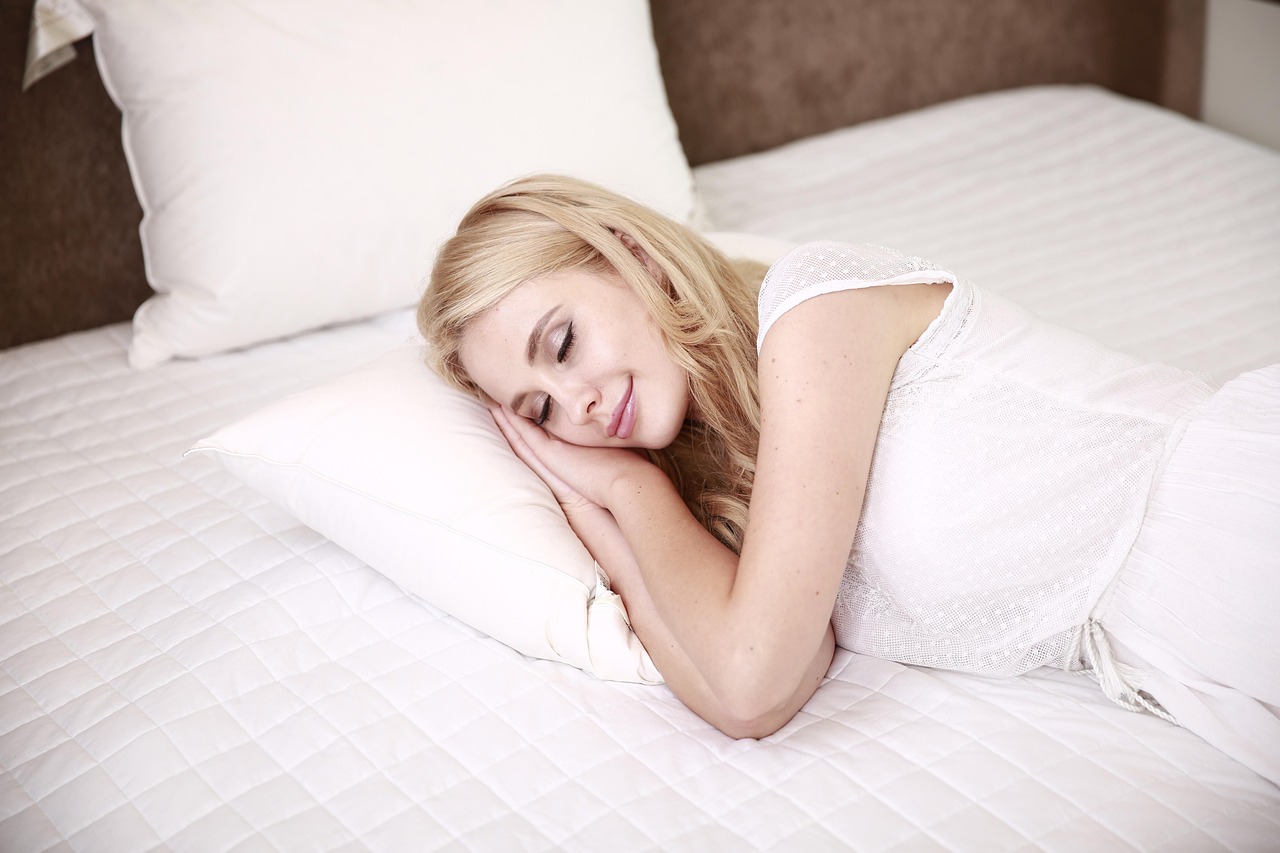The Science of Sleep: Understanding and Utilizing Sleep Aids
Sleep is a fundamental aspect of human health and well-being, yet millions of people struggle with insomnia and other sleep disorders. As our understanding of sleep science grows, so does the array of sleep aids available to help us achieve restful nights. This article explores various sleep aids, their effectiveness, and how they can be integrated into a healthy sleep routine.

Modern lifestyle habits are increasingly recognized as sleep disruptors. The use of electronic devices before bedtime, irregular work schedules, and excessive caffeine or alcohol consumption can all negatively impact our ability to fall asleep and stay asleep throughout the night.
How can the bedroom environment promote better sleep?
Creating an optimal sleep environment is crucial for improving sleep quality. The bedroom should be a sanctuary dedicated to relaxation and rest. Start by ensuring your bedroom is dark – use blackout curtains or an eye mask to block out light, which can interfere with the body’s natural sleep-wake cycle.
Temperature also plays a significant role in sleep quality. Most experts recommend keeping the bedroom cool, typically between 60-67°F (15-19°C). Invest in a comfortable mattress, pillows, and bedding that support your body and regulate temperature.
Noise reduction is another key factor. If you live in a noisy area, consider using a white noise machine or earplugs to create a more peaceful environment. Keep electronics out of the bedroom, as the blue light emitted by screens can suppress melatonin production and disrupt your sleep cycle.
What are some effective non-pharmaceutical sleep aids?
While medication can be helpful for some, many people prefer to start with non-pharmaceutical sleep aids. Relaxation techniques such as deep breathing exercises, progressive muscle relaxation, and meditation can help calm the mind and prepare the body for sleep.
Herbal teas, particularly those containing chamomile, valerian root, or lavender, are popular natural sleep aids. These herbs have been used for centuries to promote relaxation and improve sleep quality. However, it’s important to note that the effectiveness of herbal remedies can vary from person to person.
White noise machines or apps that play soothing sounds can mask disruptive noises and create a consistent audio environment conducive to sleep. Some people find that weighted blankets provide a sense of security and help reduce anxiety, potentially improving sleep quality.
How do over-the-counter sleep medications work?
Over-the-counter (OTC) sleep aids are widely available and can be effective for short-term use. The most common active ingredients in these medications are antihistamines, such as diphenhydramine (found in Benadryl) or doxylamine (found in Unisom). These drugs work by blocking histamine, a chemical in the brain that helps keep you awake.
While OTC sleep aids can be helpful for occasional sleeplessness, they are not intended for long-term use. Regular use can lead to tolerance, where the medication becomes less effective over time. Additionally, some people may experience side effects such as daytime drowsiness, dry mouth, or dizziness.
What prescription medications are available for insomnia?
For chronic insomnia that doesn’t respond to lifestyle changes or OTC remedies, prescription medications may be necessary. These medications should only be used under the guidance of a healthcare professional.
Benzodiazepines, such as temazepam (Restoril) or triazolam (Halcion), work by enhancing the effect of GABA, a neurotransmitter that promotes sleep. However, these drugs can be habit-forming and are typically prescribed for short-term use only.
Non-benzodiazepine hypnotics, often called “Z-drugs,” include zolpidem (Ambien), eszopiclone (Lunesta), and zaleplon (Sonata). These medications work similarly to benzodiazepines but are generally considered to have a lower risk of dependence.
Melatonin receptor agonists, such as ramelteon (Rozerem), mimic the action of the natural sleep hormone melatonin. These drugs can be particularly helpful for people with circadian rhythm disorders.
How can technology contribute to better sleep?
While excessive use of technology before bedtime can disrupt sleep, certain technological innovations are designed to improve sleep quality. Sleep tracking devices and apps can provide insights into your sleep patterns, helping you identify areas for improvement.
Smart mattresses and pillows can adjust to your body temperature and position throughout the night, potentially enhancing comfort and sleep quality. Light therapy devices can help regulate your circadian rhythm, particularly useful for those dealing with jet lag or shift work sleep disorder.
However, it’s important to approach sleep technology with a balanced perspective. While these tools can provide valuable data and support, they should complement, not replace, good sleep hygiene practices.
In conclusion, a wide range of sleep aids is available to help combat insomnia and improve sleep quality. From creating an optimal sleep environment to exploring various relaxation techniques, OTC medications, and prescription options, the key is finding the right combination that works for your individual needs. Remember that good sleep hygiene – maintaining a consistent sleep schedule, avoiding stimulants before bedtime, and creating a relaxing bedtime routine – forms the foundation of healthy sleep patterns. If sleep problems persist, it’s always best to consult with a healthcare professional to address any underlying issues and determine the most appropriate treatment plan.






